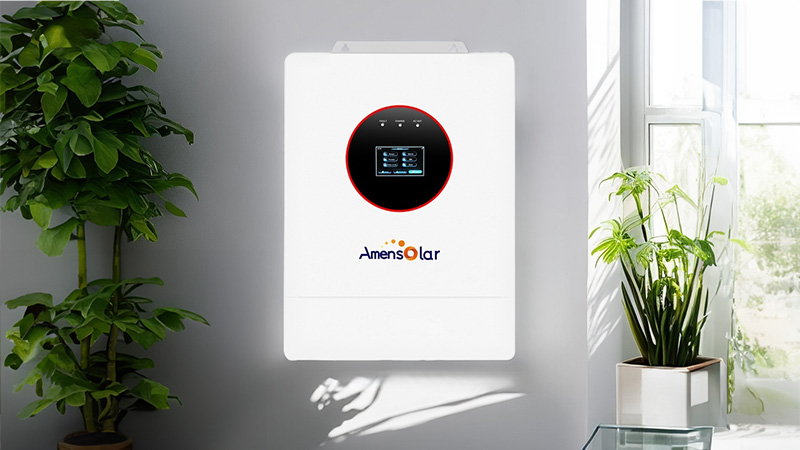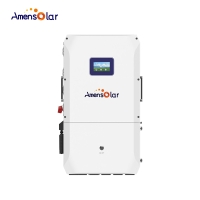How to Size an Inverter for Your Off-Grid Solar System
When building an off-grid solar system, the inverter is the heart that turns the DC power from your panels into usable AC power for your home or office. Choosing the right inverter capacity ensures your energy needs are met and helps you save both energy and money. Here’s a quick, five-step guide.
1. Work out your daily energy budget
List every appliance and light you use in a typical day, note their wattage, and add up the total. Don’t forget occasional loads like microwaves or power tools.
2. Add a peak-power margin
Motors, pumps and compressors can draw 2–4 times their rated power at start-up. Multiply your total wattage by at least 1.25–1.5 to find the inverter’s required peak power.

3. Check inverter efficiency
Look for units with ≥90 % peak efficiency; higher efficiency means more of your solar energy actually reaches your outlets.
4. Follow recognized standards
Use IEC 62619, UL 1741 or local codes as a reference for minimum sizing and safety margins.
5. Factor in your local solar resource
High-sun areas may need slightly smaller inverters, while cloudy regions benefit from a little extra headroom. Adjust your final size accordingly.
Bottom line: match inverter capacity to real-world loads, leave room for surges, and keep efficiency and local conditions in mind. The right sizing step today keeps your off-grid system running smoothly tomorrow.

Contact Information
Resource
Copyright © 2010-2025 Amensolar. All Rights Reserved.

 N3H-X16US 16KW | Split Phase |...
N3H-X16US 16KW | Split Phase |...  N3H-X12US 12KW | Split Phase |...
N3H-X12US 12KW | Split Phase |...  N3H-X10US 10KW | Split Phase |...
N3H-X10US 10KW | Split Phase |...  N3H-X8US 8KW | Split Phase | ...
N3H-X8US 8KW | Split Phase | ...  N3H-X5US 5KW | Split Phase | ...
N3H-X5US 5KW | Split Phase | ...  N1F-A3US 3KW | Split Phase | ...
N1F-A3US 3KW | Split Phase | ...  N1F-A12US 12KW | Split Phase |...
N1F-A12US 12KW | Split Phase |...  N1F-A6.5US 6.5KW | Split Phase ...
N1F-A6.5US 6.5KW | Split Phase ...  N1F-A6.2P 6.2KW | Single Phase...
N1F-A6.2P 6.2KW | Single Phase...  N1F-A6.2E 6.2KW | Single Phase...
N1F-A6.2E 6.2KW | Single Phase...  AMF16000 51.2V | 16KWH | Floo...
AMF16000 51.2V | 16KWH | Floo...  AMW10240 51.2V | 10.24KWH | W...
AMW10240 51.2V | 10.24KWH | W...  LFP 16kWh / LV 51.2V | 16KWH | Floo...
LFP 16kWh / LV 51.2V | 16KWH | Floo...  S52300 51.2V | 16KWH | Stac...
S52300 51.2V | 16KWH | Stac...  S52200 51.2V | 10.24KWH | S...
S52200 51.2V | 10.24KWH | S...  AML12-200 12.8V Series LifePo4...
AML12-200 12.8V Series LifePo4...  AML12-100 12.8V Series LifePo4...
AML12-100 12.8V Series LifePo4...  AML12-120 12.8V Series LifePo4...
AML12-120 12.8V Series LifePo4...  AML12-150 12.8V Series LifePo4...
AML12-150 12.8V Series LifePo4...